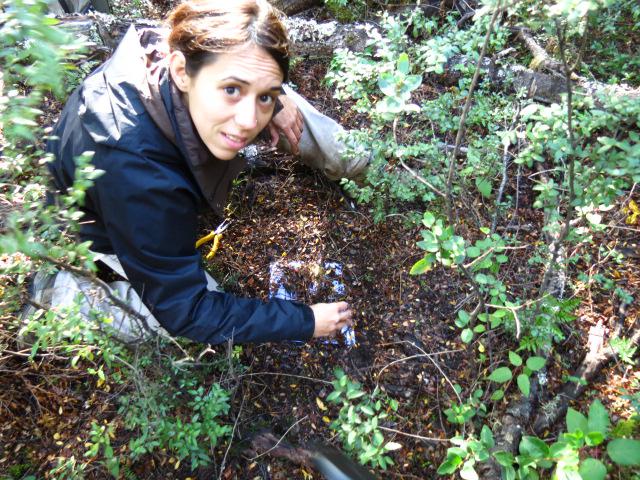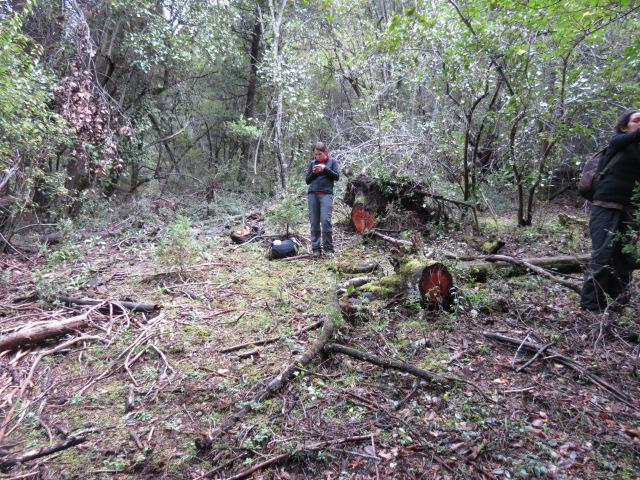Veronica Chillo
The aim is to assess how changes in biodiversity due to cattle grazing affect a key ecosystem process and ecosystem services, and if increasing cattle production will alter the provisioning of other ES.

Our society depends upon ecosystem services (ES) as benefits that we get from ecosystem functioning; this is, ecological processes that controls stocks and fluxes of matter and energy. Also, biodiversity affect ecosystem functioning through the abundance of functional traits, as for example, the loss of nitrogen fixing plants may decrease nutrient cycling. Moreover, ES are related and shows synergies and trade-offs, but this outcome will depend on land-use change. In Argentina, the increasing demand of agriculture production leads to land-use changes where crops displaced cattle production to marginal ecosystems; such as temperate mountain forests of Patagonia.

In the forests of north-west Patagonia cattle grazing affects species diversity by enhancing exotic plant invasion, negatively affecting the growth and regeneration of seedling of dominant tree species and changing understory species composition towards a more browse/graze-resistant community. These changes in species traits may significantly alter decomposition by affecting litter quality and specific plant-soil interactions. However, cattle may also positively affect nutrient cycling by establishing large N pools as feces in the region, where N is the most limiting nutrient. On the other hand, changes in plant trait composition may negatively affect erosion prevention by diminishing the percentage and stability of soil cover. Also, the cultural heritage of the forest (i.e. native people’s knowledge of medicinal plants) may also be altered due to these biodiversity changes.
In order to manage ecosystems to provide multiple ES, it is necessary to understand the relationships between ES, ecosystem processes, and biodiversity. At an individual ranch scale this had never been done, but it is demanded by ranch-owners in order to properly manage production for long term sustainability. In this sense, we will identify how increasing cattle production affects the traits by which species influence decomposition. We will also characterize the relationship between multiple ES (nutrient cycling, erosion prevention and cultural heritage) in order to improve our ability to manage trade-offs and synergies between services. This information will be obtained by working with the local community, and will be used to design management strategies with local ranch-owners by understanding biodiversity effects, assessing ES and learning about synergies and trade-offs.